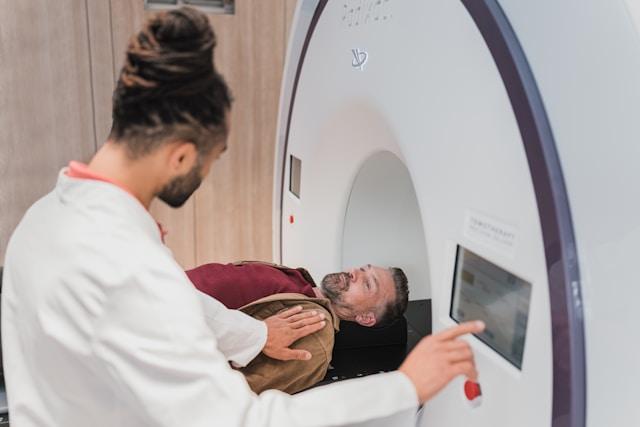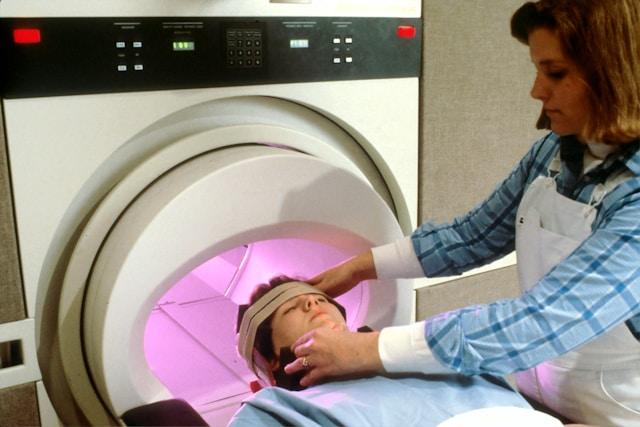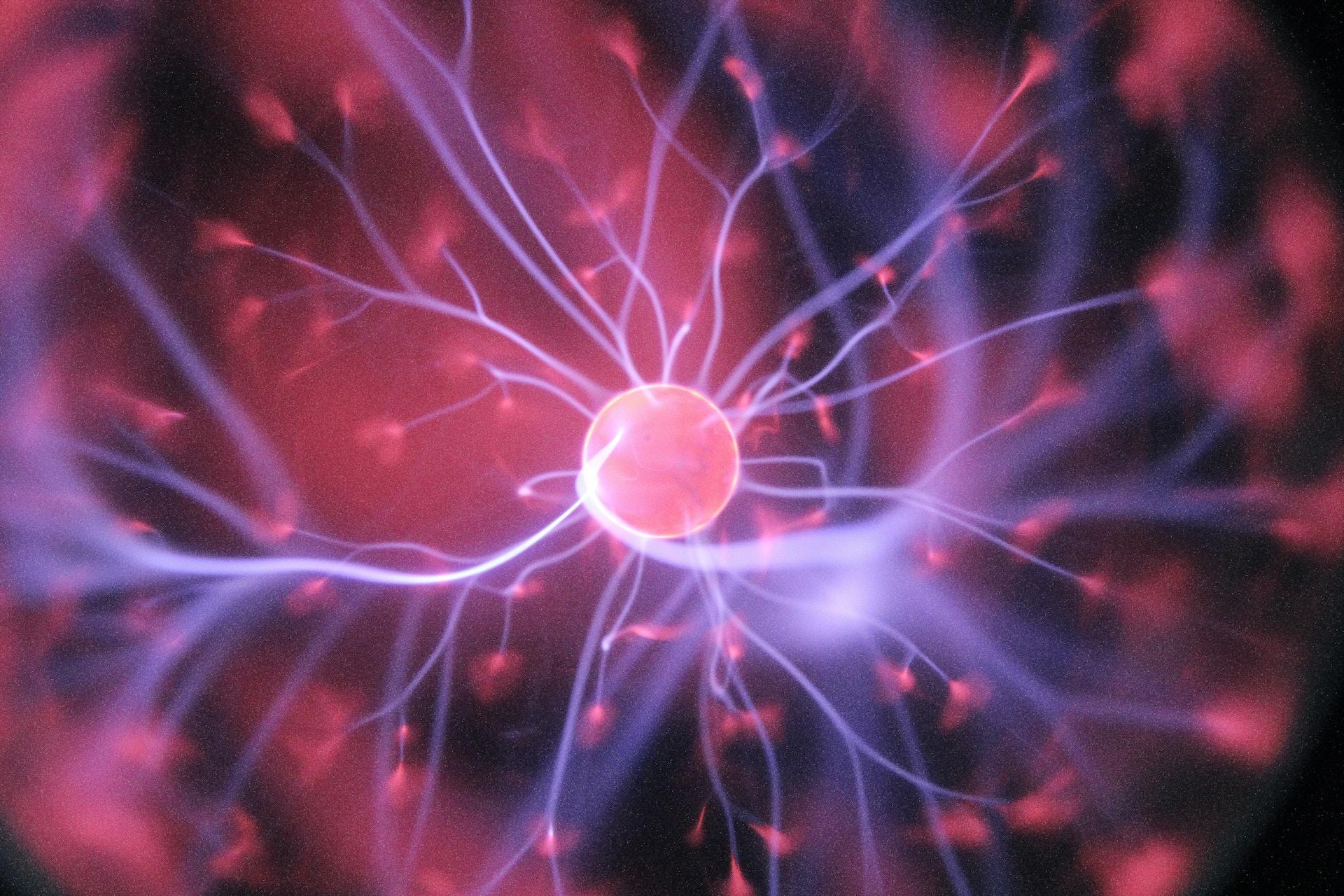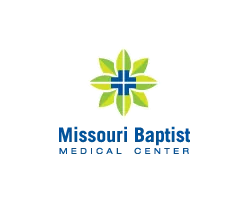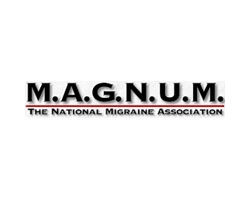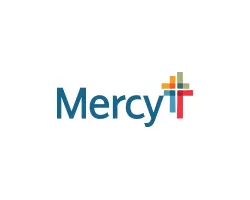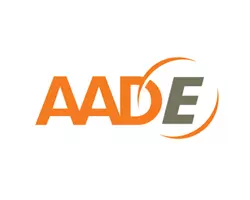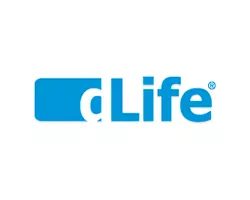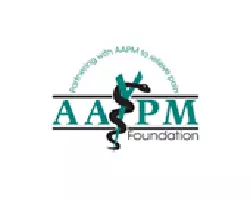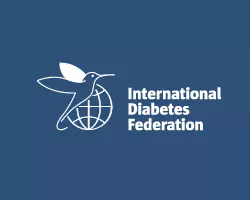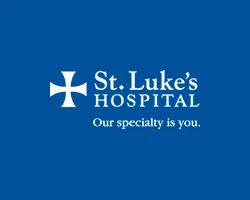Seeking relief from chronic pain after a mastectomy? Surgery could be the solution you’ve been searching for. This procedure offers hope for those struggling with persistent discomfort post-mastectomy. By addressing the root cause of the pain, surgery aims to enhance your quality of life and restore your well-being. If you’re tired of letting pain control your days, this option may provide the relief you’ve been longing for. Don’t let chronic pain hold you back any longer – consider the transformative impact breast surgery can have on your post-mastectomy journey.
Key Takeaways
-
Understanding PMPS
-
Post-mastectomy pain syndrome (PMPS) is a common condition that causes chronic pain after mastectomy surgery.
-
Recognizing the symptoms and seeking early intervention can improve the management of PMPS.
-
-
Chronic Pain Post-Surgery
-
Chronic pain following mastectomy surgery can significantly impact a patient’s quality of life and emotional well-being.
-
Effective pain management strategies, including medications and alternative therapies, can help alleviate post-surgical pain.
-
-
Nerve Surgery for Relief
-
Nerve surgery techniques, such as neurectomy or nerve blocks, may offer relief for patients experiencing persistent pain after mastectomy.
-
Consulting with a specialized surgeon experienced in nerve procedures can help determine the most suitable treatment approach.
-
-
Enhancing Surgical Outcomes
-
Prioritizing pre-operative education and counseling can help manage patient expectations and reduce anxiety related to post-surgical pain.
-
Collaborating with a multidisciplinary team, including pain specialists and physical therapists, can optimize surgical outcomes and recovery.
-
-
Patient Care Post-Mastectomy
-
Providing comprehensive post-operative care, including physical therapy and psychological support, is essential for addressing both the physical and emotional aspects of recovery.
-
Encouraging open communication between patients and healthcare providers can facilitate personalized care and improve long-term outcomes.
-
Understanding PMPS
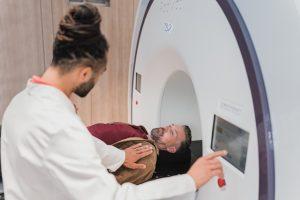
Identifying Symptoms
-
Recognize symptoms like burning, shooting, or stabbing pain in the chest wall.
-
Look out for symptoms of post-mastectomy pain syndrome (PMPS) such as numbness, tingling, or hypersensitivity.
-
Monitor for symptoms that persist beyond the expected healing period after mastectomy.
Treatment Options
-
Consider non-surgical treatments like physical therapy and integrative therapies.
-
Explore surgical nerve treatments provided by specialized institutes.
-
Discuss with healthcare providers the best treatment plan tailored to individual needs.
Role of Nerve Damage
-
Understand how nerve damage can lead to chronic pain after mastectomy.
-
Learn about the impact of nerve damage on sensory and motor functions.
-
Recognize the importance of addressing nerve damage in managing post-mastectomy pain syndrome.
Chronic Pain Post-Surgery
Nerve Injury Insights
Nerve repair, transfer, and grafting procedures are crucial in addressing chronic pain post-mastectomy. These procedures focus on restoring damaged nerves to alleviate persistent pain. Neurolysis involves releasing trapped nerves, while autologous fat grafting aims to provide cushioning around nerves.
Understanding the significance of nerve surgery techniques like neurolysis and autologous fat grafting is essential. These procedures help in reducing nerve inflammation and providing support for nerve regeneration. Nerve regeneration plays a vital role in improving nerve function and decreasing chronic pain symptoms over time.
Medication Limits
Medications have limitations in effectively managing chronic pain after mastectomy surgery. While they can offer temporary relief, they may not address the root cause of the pain. Patients should be aware of potential side effects and risks associated with long-term medication use, such as tolerance development and organ damage.
Discussing alternative treatment options with healthcare providers is crucial if medications prove ineffective. Exploring non-pharmacological approaches like physical therapy, acupuncture, or cognitive-behavioral therapy can complement pain management strategies. Combining different modalities can enhance overall pain relief outcomes for patients.
Opioids and Risks
Evaluating the risks and benefits of opioids for managing post-mastectomy pain is essential. While opioids can provide effective pain relief, there is a significant risk of dependence and addiction with prolonged use. Healthcare providers should carefully monitor opioid prescriptions to prevent misuse and adverse effects.
Exploring non-opioid pain management strategies is recommended to minimize potential risks associated with opioid use. Integrating techniques such as nerve blocks, radiofrequency ablation, or transcutaneous electrical nerve stimulation (TENS) can offer effective pain relief without the addictive properties of opioids. Combining these strategies can optimize pain management outcomes for individuals experiencing chronic postoperative pain.
Nerve Surgery for Relief
Safe Nerve Removal
Surgical nerve treatments for Post-Mastectomy Pain Syndrome (PMPS) often involve safe nerve removal techniques. Surgeons meticulously perform these procedures to alleviate nerve pain feelings without causing further harm. Patients benefit from the precision of these surgeries, which aim to minimize complications. Safety measures during nerve removal are crucial to ensure successful outcomes and reduce risks.
Easing Breast Pain
After mastectomy, nerve surgery plays a vital role in easing post-operative breast pain. Through nerve repair and reconstruction, surgeons target specific nerves contributing to discomfort. By addressing the source of pain, nerve surgery can significantly improve the quality of life for individuals experiencing persistent breast pain. Patients can explore these options with their healthcare providers to find relief tailored to their needs.
-
Pros:
-
Precise targeting of affected nerves
-
Potential for significant pain reduction
-
-
Cons:
-
Risks associated with surgical procedures
-
Recovery time post-surgery may vary
-
RPNI and DSPNI Methods
In the realm of nerve surgery for post-mastectomy pain, two notable methods stand out: RPNI and DSPNI. The RPNI technique involves the resection of the Pectoral Nerve to address Intercostal Neuralgia, a common source of post-mastectomy discomfort. On the other hand, DSPNI focuses on dividing the Second and Third Intercostal Nerves to alleviate pain effectively. Healthcare providers can guide patients on the suitability of these methods based on individual cases.
-
RPNI Method:
-
Targets Pectoral Nerve for Intercostal Neuralgia
-
Addresses specific sources of post-mastectomy pain
-
-
DSPNI Method:
-
Division of Second and Third Intercostal Nerves
-
Effective in reducing nerve-related discomfort
-
Enhancing Surgical Outcomes
Targeting Persistent Pain
Persistent pain after mastectomy calls for targeting nerve repair and reconstruction to alleviate discomfort effectively. Personalized treatment plans play a crucial role in addressing chronic pain, ensuring tailored strategies for each patient’s unique needs. Innovative approaches focusing on specific nerve pathways can significantly contribute to pain relief post-surgery.
Clinic Detection Methods
Clinic detection methods are essential for evaluating nerve regeneration following surgery. Follow-up appointments are key in monitoring nerve recovery progress, enabling healthcare providers to track improvements accurately. Regular clinic visits are vital for optimal recovery, allowing timely adjustments to treatment plans as needed.
Surgery Improvement Needs
Identifying areas for improvement in surgical techniques is crucial for enhancing outcomes in treating Post-Mastectomy Pain Syndrome (PMPS). Advancements in nerve surgery continue to offer promising prospects for improving patient experiences and results. Engaging with experts helps understand the evolving needs and challenges in surgical interventions aimed at managing chronic pain.
Patient Care Post-Mastectomy
Managing Chronic Pain
Post-mastectomy patients can develop strategies for chronic pain management through a multidisciplinary approach. Healthcare providers play a crucial role in devising comprehensive plans to address mastectomy pain effectively. Patients should actively participate in discussions regarding their long-term pain management post-surgery.
Physical therapy significantly contributes to enhancing
It focuses on promoting nerve and muscle activity, aiding in the restoration of normal functions. Patients benefit from tailored exercises that improve flexibility and strength in the affected areas, facilitating a smoother recovery process.
Physical Therapy Aid
Physical therapy plays a pivotal role in promoting nerve regeneration and functional restoration post-mastectomy. Through targeted exercises and techniques, patients can regain strength and mobility in the operated regions. This aids in reducing post-mastectomy pain, ensuring a more comfortable and efficient recovery journey.
Support and Resources
Patients experiencing chronic pain after mastectomy can seek valuable support from patient advocacy groups. These organizations offer emotional support and guidance, helping individuals navigate the challenges associated with post-mastectomy pain syndrome. Exploring resources for financial assistance can alleviate some of the burdens faced during the recovery phase.
-
Patient advocacy groups offer emotional support
-
Financial assistance resources aid in recovery
-
Healthcare providers guide patients to available support networks
Summary
Understanding the challenges of chronic pain after mastectomy is crucial. Nerve surgery can offer relief, but it’s essential to focus on enhancing surgical outcomes and providing comprehensive patient care post-mastectomy. By addressing these aspects, you can improve your quality of life and overall well-being. Remember, seeking the right medical advice and exploring all available options can make a significant difference in managing chronic pain after mastectomy effectively. Stay informed, stay proactive, and prioritize your health and comfort above all.
Frequently Asked Questions
What is PMPS (Post-Mastectomy Pain Syndrome)?
PMPS, or Post-Mastectomy Pain Syndrome, refers to chronic pain that persists after mastectomy surgery. It can affect the chest, armpit, and arm on the side of the surgery. This condition can significantly impact a person’s quality of life.
How common is chronic pain after mastectomy surgery?
Chronic pain after mastectomy surgery, known as Post-Mastectomy Pain Syndrome (PMPS), affects around 20-68% of patients. The severity and duration of pain can vary from person to person, impacting their daily activities and emotional well-being.
Can nerve surgery, surgical treatments provide relief for chronic pain after mastectomy?
Nerve surgery, such as neurectomy or nerve blocks, can be considered for patients experiencing severe and persistent pain after mastectomy. This procedure aims to target specific nerves contributing to the pain, offering relief for some individuals.
How can surgical outcomes be enhanced for mastectomy patients?
Enhancing surgical outcomes for mastectomy patients involves a comprehensive approach, including pre-operative evaluation, precise surgical techniques, and post-operative care. Factors like pain management strategies and rehabilitation programs play a crucial role in improving recovery and reducing complications.
What are some key aspects of patient care post-mastectomy surgery?
Patient care post-mastectomy surgery should focus on holistic support, including pain management, emotional well-being, physical therapy, and monitoring for any complications. Providing personalized care plans tailored to individual needs can promote better recovery and overall quality of life.

